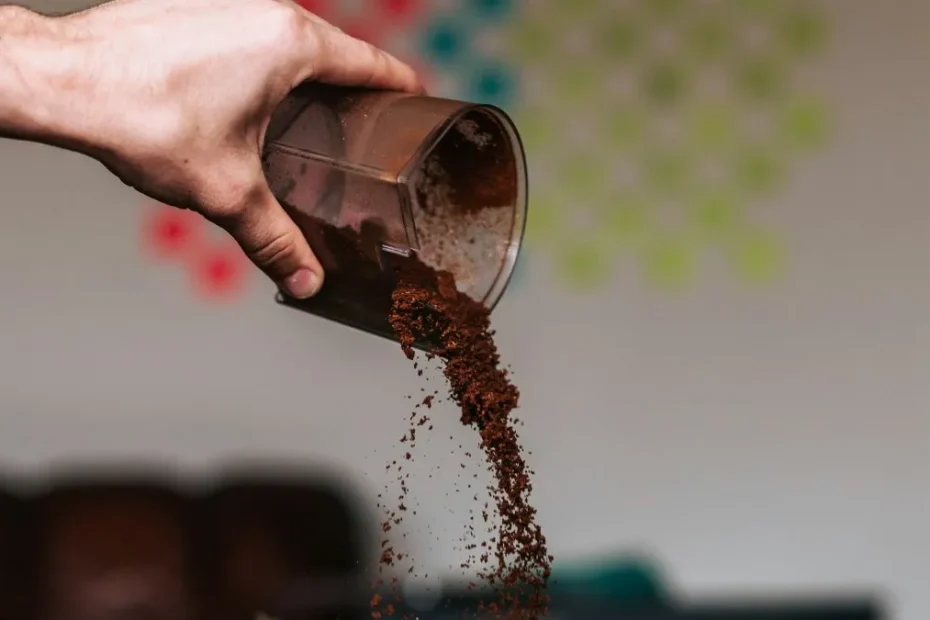Coffee has multiple health properties. Drinking between 3 and 5 cups of coffee a day can help usamong other things, to improve our cardiovascular health, our physical and mental performance and our intestinal health. “The xanthan base responsible for the main physiological actions of the coffee drink is caffeine. Among its effects are that it is stimulant of the central nervous system, increases the volume of blood pumped with each cardiac contraction and increases heart rate, promotes muscle contraction, increases respiratory capacity and delays fatigue”, informs CuídatePlus Carlota Pérez Sánchezpharmacist and nutritionist (@carlotap.nutricion).
Additionally, caffeine “confers 10% of the characteristic bitter taste of the coffee drink.” On the other hand, it also contains minerals, “of which potassium, calcium and magnesium stand out; and has tannins with antioxidant action.”
Based on this, What people should drink coffee? In the nutritionist’s opinion, coffee consumption is beneficial for everyone, although she especially highlights “for older people it can help reduce the risk of neurodegenerative diseases such as Alzheimer’s or Parkinson’s.” Besides, It is also interesting to “ingest caffeine before exercise as this can improve energy level, mood and cognitive functions, including reaction and attention time.”
Although also, he points out, “it is important to remember that coffee consumption should be moderate and that some people, such as those with anxiety or insomnia problems, should limit their caffeine intake.”
Not all coffees are the same
But not all coffees are the same or have the same benefits. We must know what type of coffee we drink and what type of coffee we should not consume or should reduce our consumption.
In general, coffee is defined as “the healthy and clean seeds from various botanical species of the botanical genus Coffea”indicates the pharmacist. From green coffee, “a selection of species is made for the final blend and in this way obtain the desired quality, especially in organoleptic characteristics such as aroma, flavor and body typical of the coffee brand that markets it.”
Within the process of obtaining coffee (harvesting, soaking, drying, husking…), the key moment on which both the quality and properties of the coffee will depend is roasting. “This is done at 200-300 degrees Celsius and it is the most important process that the coffee will undergo and from which many of the qualities that will develop in the cup will come,” explains the nutritionist.
In Spain, several types of coffee are consumed, but especially blended and roasted coffee, although more and more naturally roasted coffee is consumed. He natural roasting process involves subjecting the coffee bean to temperatures close to 200º C, however in the case of roasted coffeebefore roasting, sugar is added in a maximum proportion of 15 kg of sugars per 100 kg of green coffee.
“In torrefied roasting, what is done is adding sucrose or glucose syrup before finishing the roasting process. Due to the action of heat, the sugar caramelizes and covers the grain, giving it a shiny black color,” says Carlota. In this way “The coffee becomes somewhat more bitter and its aroma is also different.” Roasted roasting “emerged as a technique for preserving the coffee bean, which is preserved with that layer of sugar from contact with the air.” This will add shine to the bean, but the high temperatures will cause the sugar to burn and give rise to a more bitter product that is far from the true flavor of coffee.
Who should not take it
Currently this type of coffee It is consumed a lot in Spain. As the nutritionist indicates, “it is still a common option in many Spanish homes and cafes, a tradition that was born from the post-war period, because it is more economical than the natural one”, however It’s not so healthy. Because? Its high sugar content makes it less healthy than other types of coffee such as naturally roasted coffee. “The sugar layer acts as a preservative, protecting the grain from oxidation and extending its useful life; In addition, it has a strong and bitter flavor, darker and brighter color but Due to its sugar content, it is advisable to drink natural coffee since this is roasted without additives and is better for health.”
The nutritionist advises against its use especially to people “with diabetes, digestive problems and weight problems”.
But not only this. And the type of roasting also influences the nutritional properties of the coffee, in fact, industrial processingand more specifically the roasting, induces the loss of some of those bioactive components. “The more roasted the coffee, the higher the content of acrylamide (a toxin generated during the roasting process that has been linked to some types of cancer). For this reason, and in order to take advantage of the benefits of the raw material, it is preferable to opt for less processed or purer options,” he adds. Sara Martinez, Professor of the Department of Pharmacy, Biotechnology and Nutrition at the European University.
The specialist indicates that An alternative available on the market is the mixture of roasted coffee and green coffee, that is to say, unroasted coffee. “This combination maintains the characteristic aroma of roasted coffee and the polyphenol composition, although the proportion of green coffee in the mixture will slightly affect the flavor.”
Finally, a factor to take into account is the flavor. Roasted is more bitter, so some people probably choose to add sugar or some sweetener, which implies that there is one more ingredient, apart from its sweetening properties, does not provide any benefit. “In addition, its energy value will be modified with the addition of milk or cream.”
